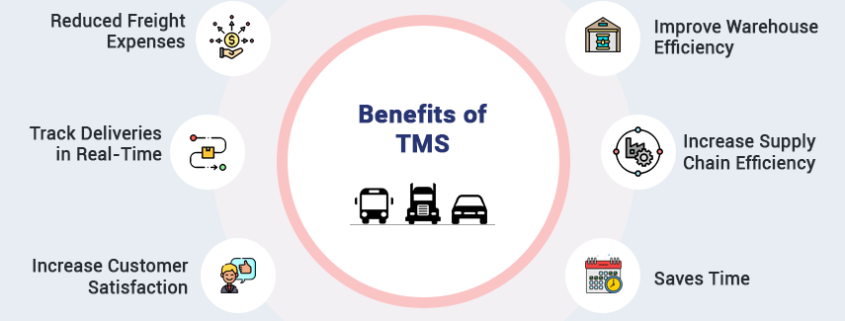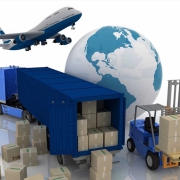Overcoming Management Challenges with the Right Software Solutions
In today’s rapidly evolving business landscape, the logistics industry is undergoing a significant transformation driven by digitization. As companies strive to streamline their operations and improve efficiency, the role of technology in logistics management has become more crucial than ever.
However, with this digital transformation comes a set of management challenges. Logistics managers are tasked with finding the right software solutions that can effectively address their specific needs and help them overcome these challenges. From warehouse management systems to transportation management software, there is a wide range of tools available to support logistics operations.
The Problems with Management in the Transportation & Logistics Industry
- Insufficient Visibility: One of the key issues facing the industry is the lack of real-time visibility into supply chain and logistics operations. It leads to ineffective decision-making, resulting in potential financial losses.
- Outdated Legacy Systems: Many companies still use obsolete software systems. These lack integrations, have limited functionalities, and hinder operational efficiency.
- Lack of Scalability: Rapidly growing businesses often face the problem of scaling their existing software systems to accommodate growth. Lack of scalability can impede business development.
- Complex Compliance Issues: The industry must adhere to various regulatory and compliance requirements. Handling these manually or through outdated software can lead to errors and penalties.
- Inadequate Data Analysis: Many existing systems lack sophisticated data analysis capabilities, essential for strategic planning and forecasting.
Choosing the Right Software Solution
An effective software solution for your logistics company should address the above-mentioned challenges while offering the following benefits:
- Improved Operational Efficiency: The software should streamline processes, reduce manual efforts, and improve productivity.
- Scalability: The solution should scale up or down based on the company’s needs and growth.
- Real-time Visibility: A good logistics software solution should provide real-time visibility into the operations, enabling proactive decision making.
- Data Analytics: The software should offer robust data analytics capabilities for insights into performance, trends, and opportunities.
- Compliance Management: The system should automate compliance management, minimizing the risk of errors and penalties.
The Role of Customized Software Solutions
Customized software solutions, tailored to a business’s unique needs, can address many of these challenges more effectively than off-the-shelf software. Custom solutions can:
- Be designed to integrate seamlessly with your existing systems.
- Offer the precise features and functions you need.
- Scale in sync with your business growth.
- Provide greater control and security.
For instance, Acropolium specializes in developing customized software solutions for the logistics industry. Their tailored approach ensures that the software meets the specific needs of your business, helping you achieve operational efficiency and business growth.
Evaluating a Transportation Management System (TMS)
A TMS is a crucial component of logistics software. The right TMS can transform your logistics operations by automating processes, improving visibility, managing compliance, and providing valuable data analytics. Here’s a guide to choosing a TMS solution:
- Identify your needs: Clearly define your requirements. Include your teams in this discussion to get comprehensive input.
- Research Potential Vendors: Review various TMS vendors. Consider their experience, reputation, and the quality of their customer service.
- Check for Essential Features: The TMS should offer features like route optimization, carrier management, real-time tracking, and analytics.
- Consider Integration Capabilities: The TMS should integrate seamlessly with your existing systems.
- Evaluate the Pricing Structure: Consider the pricing model. Ensure it fits within your budget and offers value for money.
- Ask for a Demo: A demo can give you a first-hand experience of the system’s functionality and usability.









